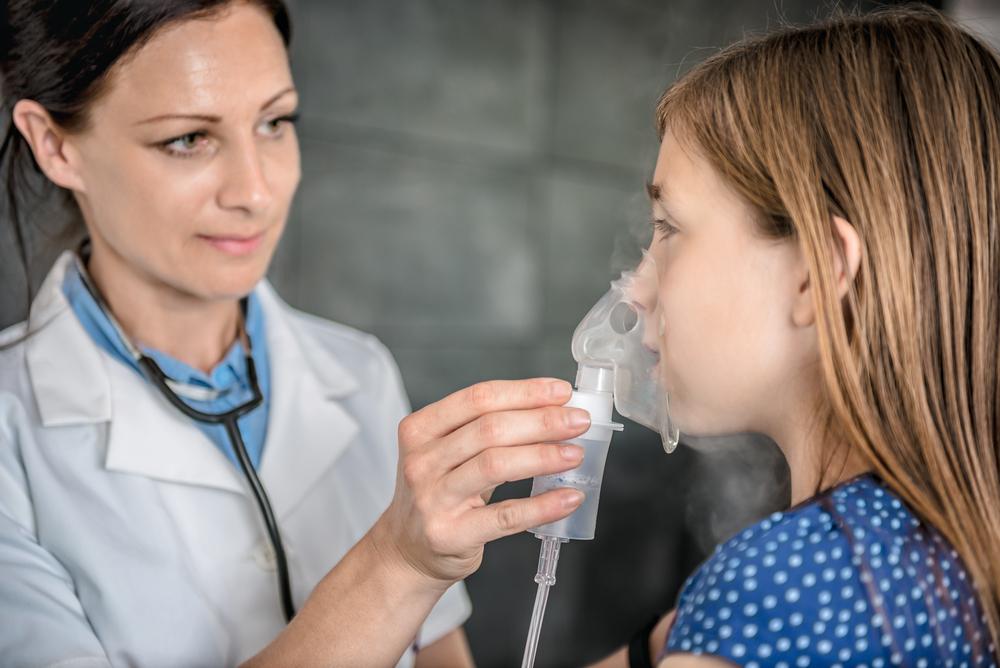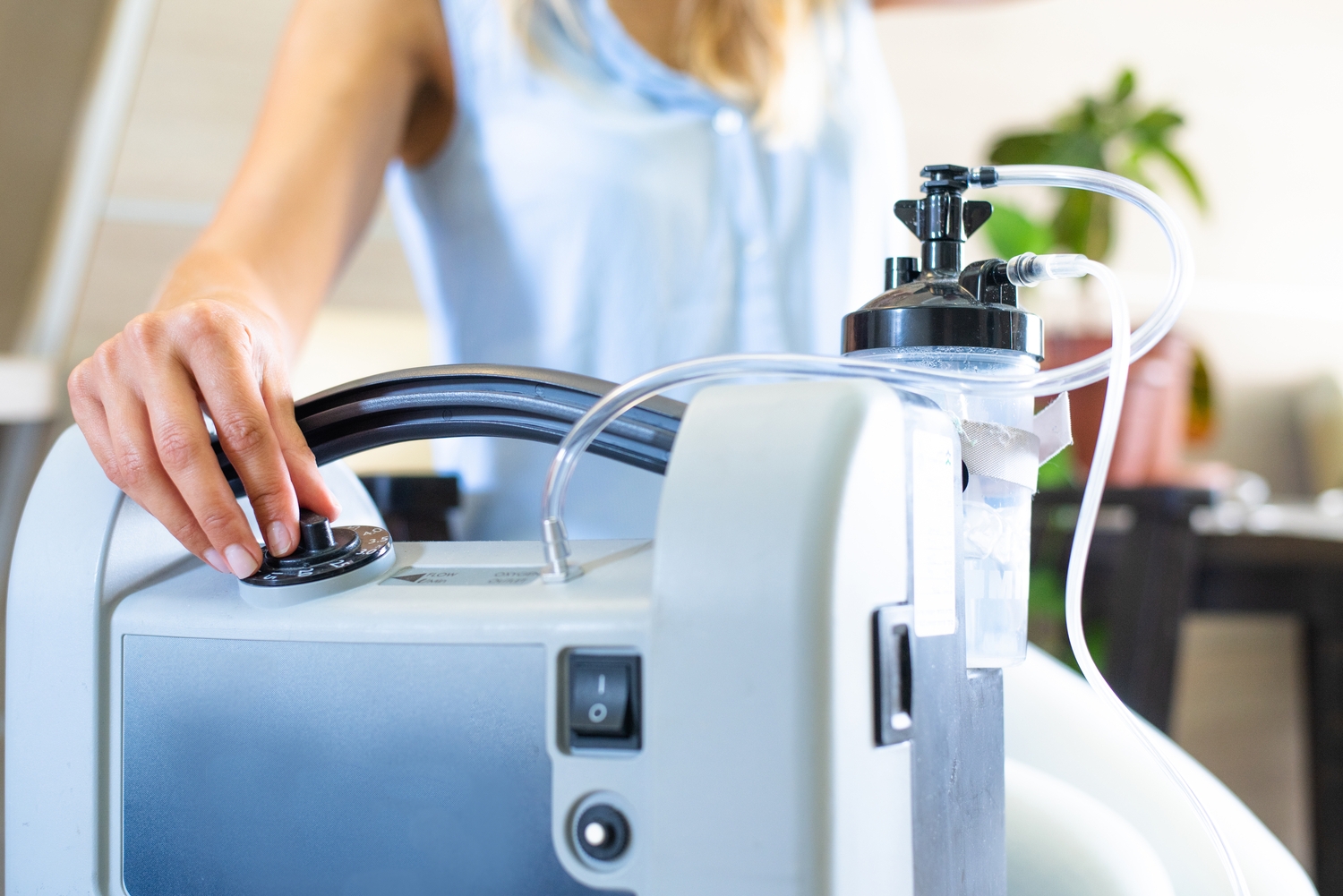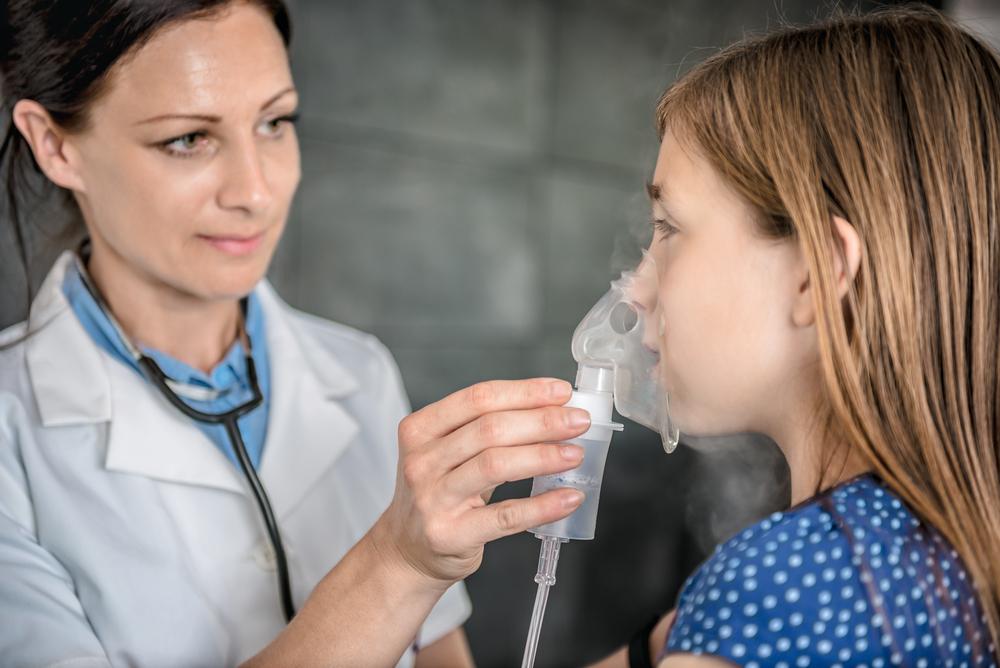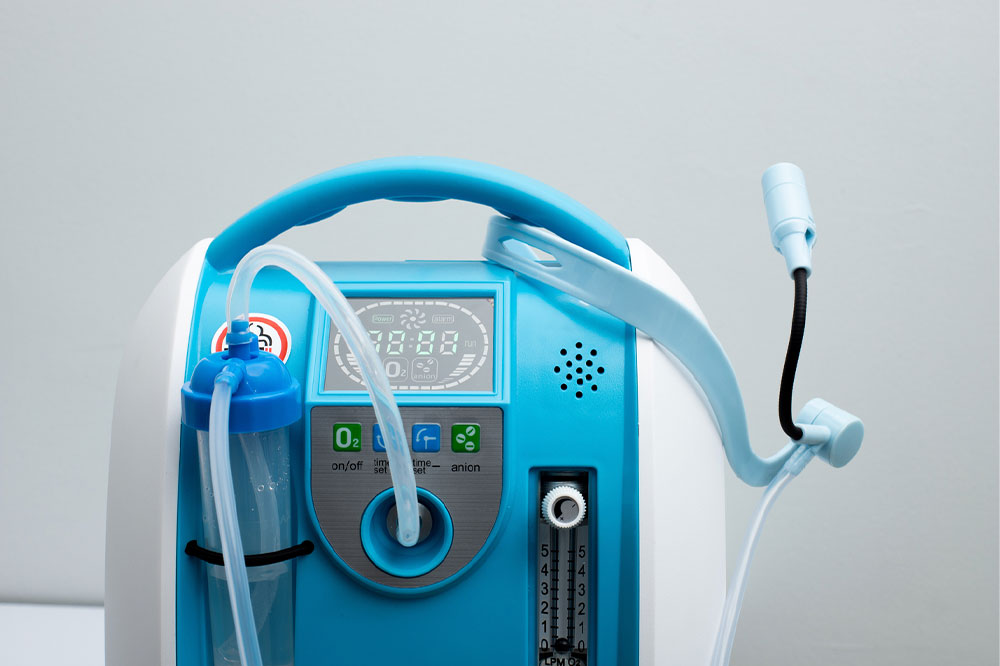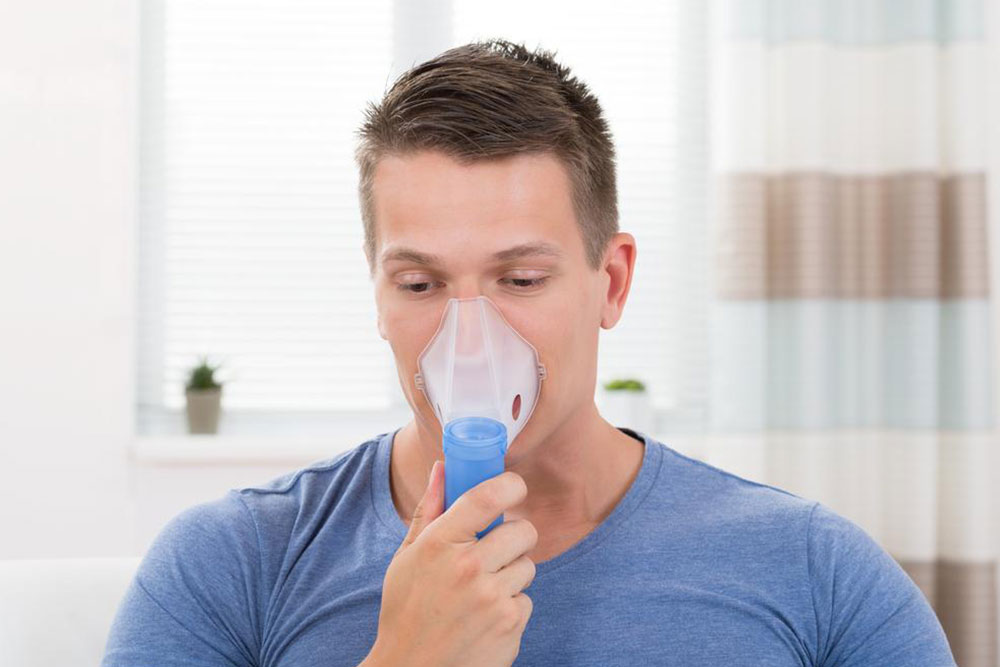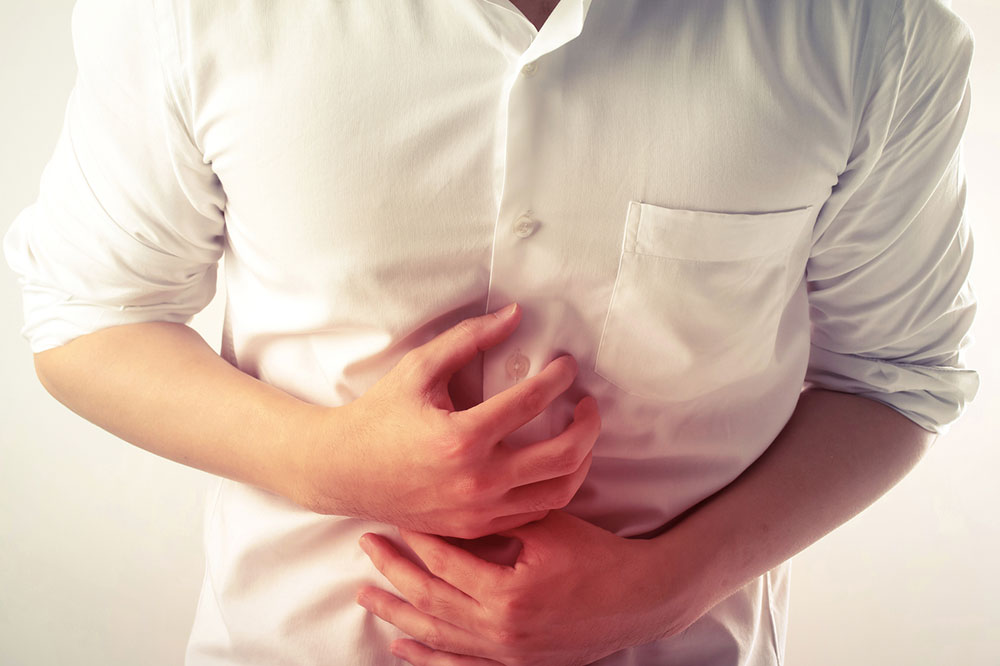Comprehensive Guide to Various Portable Oxygen Concentrator Models
Explore the comprehensive guide to portable oxygen concentrators, highlighting various models suited for different oxygen needs. Learn about their features, weight, battery life, and approvals to make an informed choice for health management. Consult your healthcare provider for personalized advice.
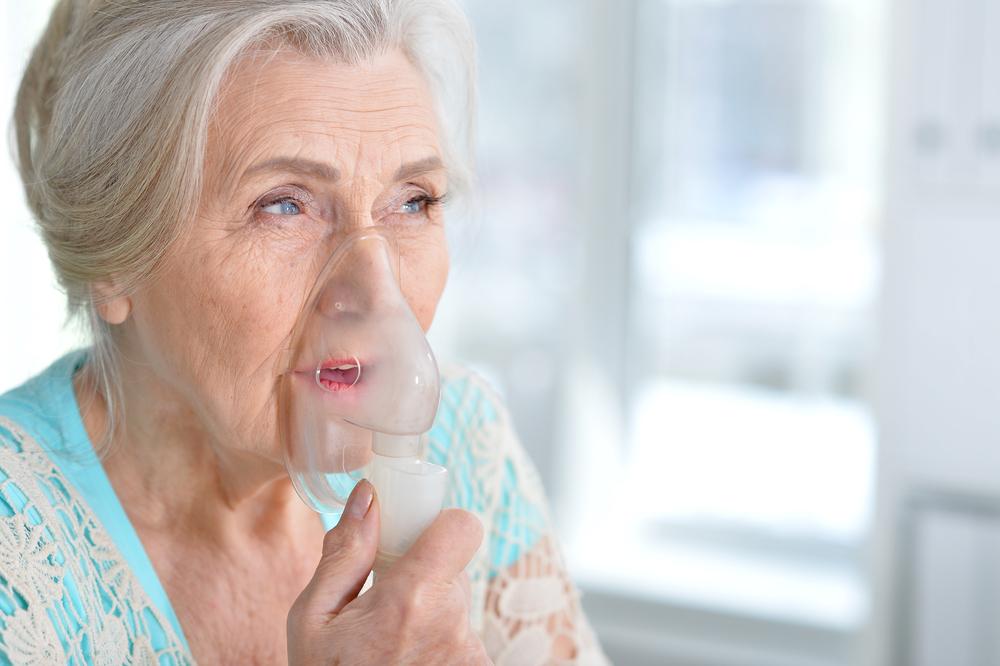
Understanding the Different Types of Portable Oxygen Devices
Globally, many individuals face health challenges that limit oxygen intake. This condition, known as hypoxia, requires supplemental oxygen delivery, either intermittently or continuously. The advent of portable oxygen concentrators (POCs) in the early 2000s has significantly improved mobility and quality of life for those affected.
POCs are essential tools for hypoxia management, enabling users to carry oxygen wherever they go and operate as needed.
Various models cater to both occasional and constant oxygen needs. Since these devices support vital functions, their design and specifications are critical. Below is an overview of popular POCs along with their key features.
AirSep Series
AirSep offers three models: Focus, Freestyle 3, and Freestyle 5. The Focus model weighs just 1.75 pounds, powered by two lithium batteries (0.53 pounds each), and operates using pulse dose technology, lasting about 3 hours per charge. The Freestyle 5 weighs 6.7 pounds with a 5-setting pulse flow, with battery life ranging from 1.25 to 4.25 hours. The smaller Freestyle 3 weighs 4.9 pounds with a 3.5-hour battery. All models are approved by FAA and come with a 3-year warranty.
DeVilbiss iGo
This portable device features both pulse dose and continuous flow options. Weighing 19 pounds with the battery, it offers a 3-hour runtime at pulse setting 6 and 5 hours at setting 1. In continuous mode, it lasts from 1.6 to 4 hours depending on the setting. Note: it is not FAA approved.
Inogen Series
The Inogen range includes five models: G2 Portable, G2 with 24-cell battery, G3 Portable, G3 with 16-cell battery, and G4 Portable. Most utilize pulse dose technology, except the G2 with 24-cell battery, which operates in pulse flow. The G2 Portable weighs 7 pounds with a 4-hour battery, while the G2 with 24 cells weighs 8.23 pounds with an 8-hour capacity. The G3 series is lighter, around 4.9-5.7 pounds, with 8-hour battery life, and all are FAA approved with a 3-year warranty.
LifeChoice ActivOx Pro 4L
Weighing 4.8 pounds and supporting pulse dose, it offers up to 10 hours of use. Internal batteries take 4 hours to charge, external batteries 2 hours. It is FAA approved with a 3-year warranty.
Invacare Models
The Platinum Mobile portable oxygen concentrator weighs approximately 4.8 pounds, providing 8 hours of battery life and features water resistance. Invacare’s XPO2 model operates in pulse dose mode with a 5-hour battery life and weighs about 7 pounds.
GCE Models
GCE Healthcare offers Zen-O and Zen-O Lite. Zen-O weighs approximately 10.25 pounds, delivering 8 hours of battery life with both pulse dose and continuous flow capabilities. Zen-O Lite is lighter at 5.5 pounds, with a 4-hour battery duration and pulse dose function.
Respironics Series
Respironics features the SimplyGo and SimplyGo Mini. The standard SimplyGo weighs 10 pounds and provides a 3-hour battery life with both pulse and continuous modes. The Mini version is dedicated to pulse dose mode and offers 4.5 hours of operation.
SeQual Range
SeQual presents eQuinox and Eclipse 5 models, both supporting pulse and continuous flow. eQuinox weighs between 14-15.5 pounds with a battery life of 2.5 to 5.7 hours; Eclipse 5 weighs 18.4 pounds with a 5-hour battery capacity. These models cater to varying mobility needs.
When choosing a portable oxygen concentrator, review each model's specifications carefully and consult with your healthcare provider. Making an informed decision is essential for your well-being.

